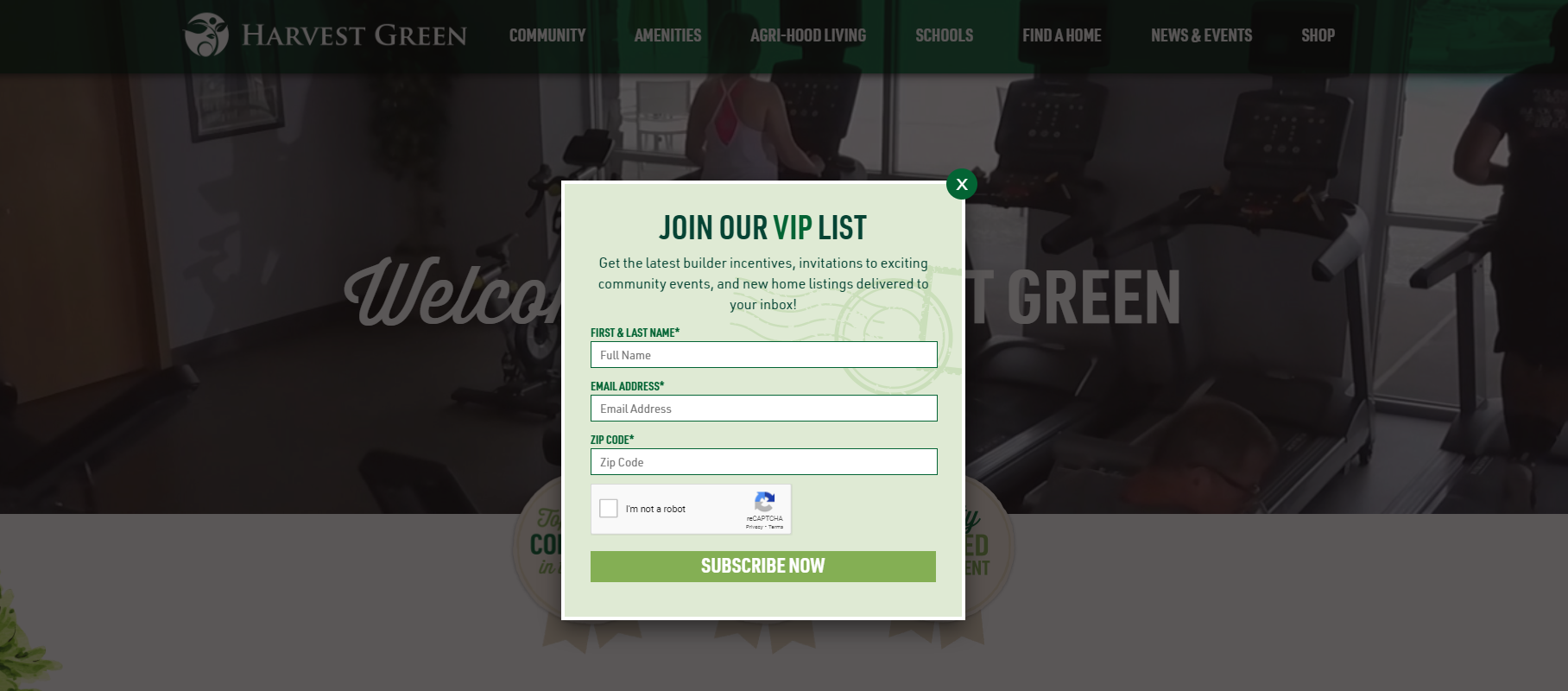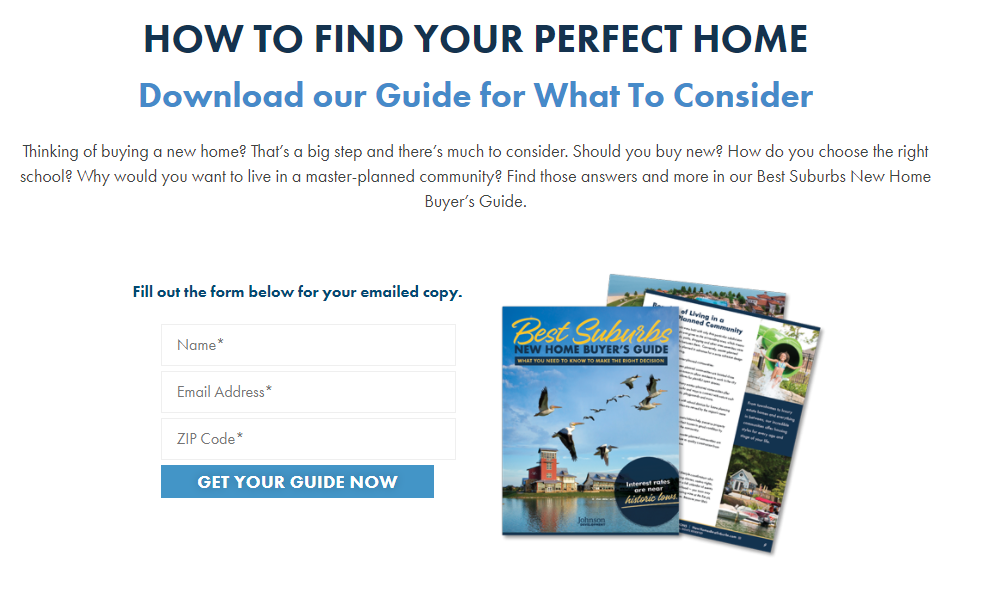First-Party Data - What is it and Why Do You Absolutely Need It?August 09, 2021First-party data is data that you collected yourself from your visitors and followers. By definition, YOU are the “first party” because you collected the data firsthand with permission from your audience. What is Considered First-Party Data?Examples of first-party data include:
Why is First-Party Data Important?Why do you need to gather so much information about your customers and prospects anyway? As it turns out, 58% of American consumers are willing to give their personal data in exchange for:
In addition, with the sunset of 3rd party cookies in the near future, first-party data will eventually be the best and most reliable ways to effectively remarket to prospects and analyze user behavior.
First-party data is important because it gives businesses critical data about what your prospects want to know about you, and why your customers should return to you. Top Ways to Use First-Party Data#1. Remarketing/Customer Match Audience AdvertisingCustomer lists can be manually added or integrated with ads platforms via a CRM to serve relevant remarketing ads. For example, HubSpot lists can integrate with Google Ads and Facebook ads to send your subscriber lists dynamically (and in real-time) to the ads platforms, matching their online user profile with the email address they gave you. Remarketing adds valuable touchpoints to your brand after visitors leave your website. #2. Email NurturingAfter earning a lead in the form of an email address, you can send an email welcome series to your new leads to nurture them towards a purchase. Emails collected from abandoned cart transactions are also highly valuable, allowing you to re-engage with “lost” prospects. #3. Sales Process OptimizationData analysis from your first-party data can help your sales team identify opportunities to improve the sales process. Website visitors, customers, and social followers are telling you with their actions what they are interested in – asking for their email at specific stages of their buying journey will improve their experience. #4. Market and Product Research & Customer FeedbackUse the data you get from your website visitors and followers for market and product opportunities. Which pages are being visited the most? Which posts are getting the most engagement? Are you noticing a certain demographic interacting with your content more than your target demographic? #5. Lookalike AudiencesBuilding a robust first-party list gives you the ability to create a “lookalike” or “similar to” audience list for ad platforms. If you have a list of current customers or newsletter subscribers, ad platforms can serve an audience with similar characteristics. #6. Improve ROI and TrackingWhen used in conjunction with a strong CRM with original source tracking, you can analyze your contact database to identify where they came from. Tools like HubSpot store which source your contacts came from (like Organic Search, Paid Social, Paid Search, etc.), giving you visibility into what’s really working in your media mix. #7. Improved AttributionAttribution modeling in a CRM allows you to analyze different touchpoints your leads/customers took on their purchase journey. HubSpot defines it, “Multi-touch attribution reports are valuable because they allow marketers to pinpoint the exact marketing and sales effort that led to a conversion.” This is only possible when you collect a contact database. Top 10 Ways to Get More First-Party DataYour prospects and customers need to feel like giving you their email will result in a valuable experience for them. When asking for emails from your customers, answer their most important question: “What’s in it for me?”
Will they be receiving a monthly list of available homes for sale from your community? Can you send them timely updates on sales incentives? Can they update their subscription frequency or control what kind of emails you send them? Make sure that your opt-in copy is clear on what you can deliver in exchange for their information.
CRM & You: Let’s TalkWith more legislations on online privacy (GDPR and CCPA to start), and the death of the 3rd party cookie, the best time to start rethinking your first-party data strategy is now. Digital marketing is changing rapidly, and you don’t want to lose valuable insights into your customers by missing out on opportunities to request and track their data on your website. Interested in implementing a robust Customer Relationship Management Software (CRM) like HubSpot to gather, track, and analyze your contact database? Let’s talk. |
Explore our Blog
Sign up for email updates!
The Archives
- NOVEMBER 2025 (1)
- FEBRUARY 2022 (2)
- JANUARY 2022 (2)
- DECEMBER 2021 (2)
- NOVEMBER 2021 (2)
- OCTOBER 2021 (1)
- SEPTEMBER 2021 (2)
- AUGUST 2021 (2)
- JULY 2021 (3)
- JUNE 2021 (2)
- APRIL 2021 (1)
- MARCH 2021 (3)
- FEBRUARY 2021 (2)
- DECEMBER 2020 (2)
- OCTOBER 2020 (1)
- SEPTEMBER 2020 (1)
- AUGUST 2020 (5)
- JULY 2020 (1)
- JUNE 2020 (1)
- MAY 2020 (2)
- APRIL 2020 (1)
- JANUARY 2020 (1)
- OCTOBER 2019 (1)
- SEPTEMBER 2019 (2)
- AUGUST 2019 (1)
- JULY 2019 (4)
- JUNE 2019 (2)
- MAY 2019 (1)
- MARCH 2019 (1)
- JANUARY 2019 (1)
- SEPTEMBER 2018 (1)
- AUGUST 2018 (1)
- MAY 2018 (1)
- DECEMBER 2017 (1)
- NOVEMBER 2017 (3)
- OCTOBER 2017 (1)
- AUGUST 2017 (5)
- JUNE 2017 (1)
- MAY 2017 (1)
- FEBRUARY 2017 (2)
- NOVEMBER 2016 (3)
- OCTOBER 2016 (6)
- SEPTEMBER 2016 (1)
- JULY 2016 (4)
- JUNE 2016 (3)
- APRIL 2016 (3)
- MARCH 2016 (1)
- JANUARY 2016 (1)
- NOVEMBER 2015 (1)
- AUGUST 2015 (1)
- JULY 2015 (3)
- JUNE 2015 (4)
- MAY 2015 (2)
- DECEMBER 2014 (1)
- OCTOBER 2014 (1)
- AUGUST 2014 (1)
- JULY 2014 (2)
- JUNE 2014 (1)
- MARCH 2014 (2)
- FEBRUARY 2014 (3)
- NOVEMBER 2013 (2)
- SEPTEMBER 2013 (4)
- AUGUST 2013 (2)
- JULY 2013 (1)
- JUNE 2013 (1)
- MAY 2013 (2)
- APRIL 2013 (3)
- MARCH 2013 (3)
- FEBRUARY 2013 (3)
- JANUARY 2013 (5)
- DECEMBER 2012 (4)
- NOVEMBER 2012 (2)
- OCTOBER 2012 (3)
- AUGUST 2012 (1)
- JULY 2012 (2)
- JUNE 2012 (1)
- MAY 2012 (3)
- APRIL 2012 (1)
- MARCH 2012 (2)
- JANUARY 2012 (1)
- OCTOBER 2011 (3)
- JULY 2011 (3)
- MAY 2011 (2)
- APRIL 2011 (2)
- MARCH 2011 (1)
- FEBRUARY 2011 (1)
- JANUARY 2011 (2)
- DECEMBER 2010 (1)
- NOVEMBER 2010 (2)
- OCTOBER 2010 (9)
- SEPTEMBER 2010 (13)
- AUGUST 2010 (29)
 SAMPLE: Newsletter "Exit Pop-Up" to Generate Newsletter Subscribers
SAMPLE: Newsletter "Exit Pop-Up" to Generate Newsletter Subscribers
 Sample Content Download Incentive
Sample Content Download Incentive






